5 Perfect Day Trip Spots To Visit In Ibaraki Prefecture This Fall
All The Brilliant Colors Of Autumn!
Only a few hours away from central Tokyo, Ibaraki is a gorgeous place to see all that the fall season has to offer in Japan.
While Tokyo has plenty of fall hiking spots and beautiful parks to see autumn foliage, those seeking a quick weekend getaway to fully immerse themselves in the splendor of fall should head to Ibaraki prefecture.
Home to some of the most picturesque spots in the Kanto area, where you can find several of Japan’s Important Intangible Cultural Properties, like Yuki-tsumugi silk, Ibaraki is also the perfect place to find unique gifts and traditional flavors that the big city just can’t offer. The following five places are sure to delight photography fans, couples, those with families, and nature lovers alike.
1. Ryujin Big Suspension Bridge
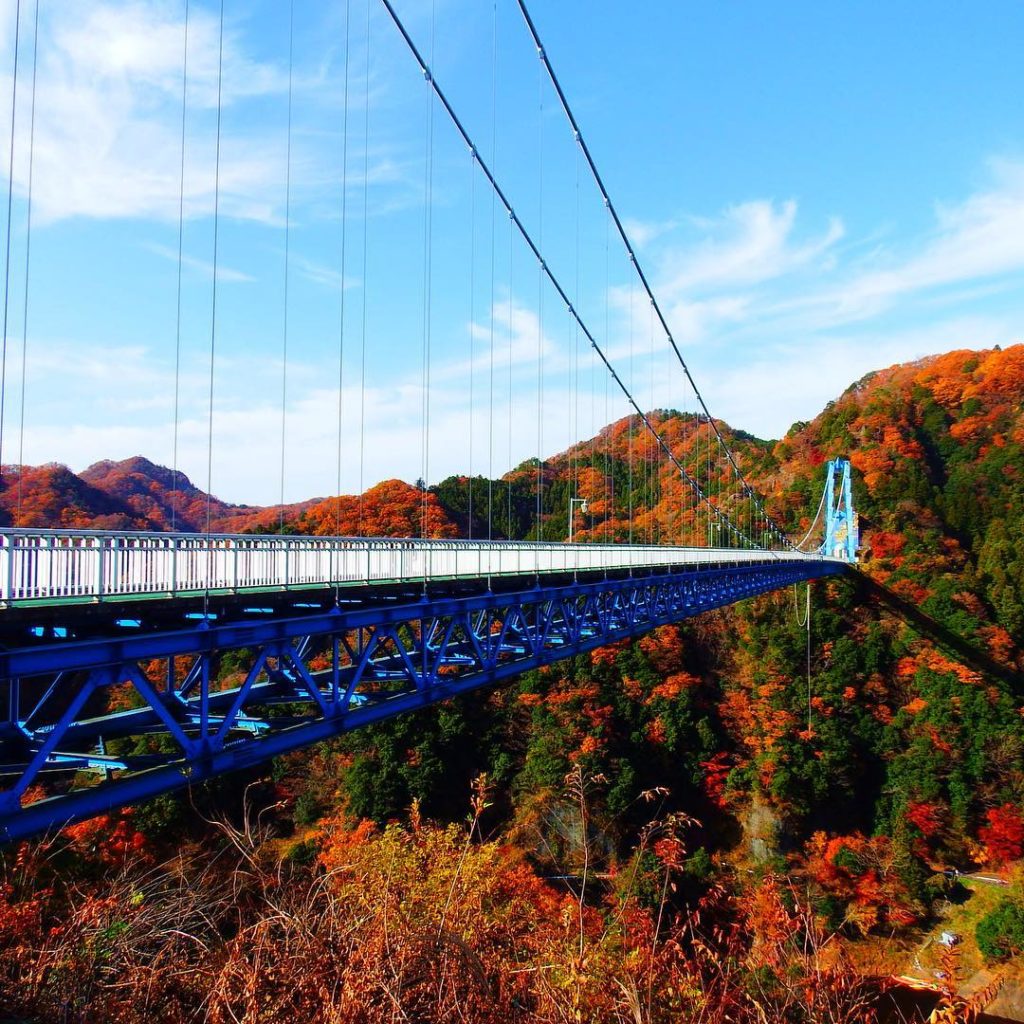 © Photo by pepe.1081
© Photo by pepe.1081
Ryujinotsuribashi, or Ryujin Big Suspension Bridge, is a 375-meter long bridge over a man-made lake in Ryujin Gorge, in Hitachi-ota, Ibaraki. It’s strictly a pedestrian bridge, with glass panels in the floor in some spots, allowing visitors to check out the rushing waters of Ryujin River just below their feet. Famed for its 100-meter high bungee jump attraction, this bridge is also an excellent place to look out at the autumn foliage. There’s also a nearby park, hiking courses, and hot spring to enjoy as well.
Bonus for couples visiting this bridge, there is a carillon at one end with three wooden bells, known as the bell of love, the bell of hope, and the bell of happiness. These bells will only ring when their switches are pushed by two people simultaneously.
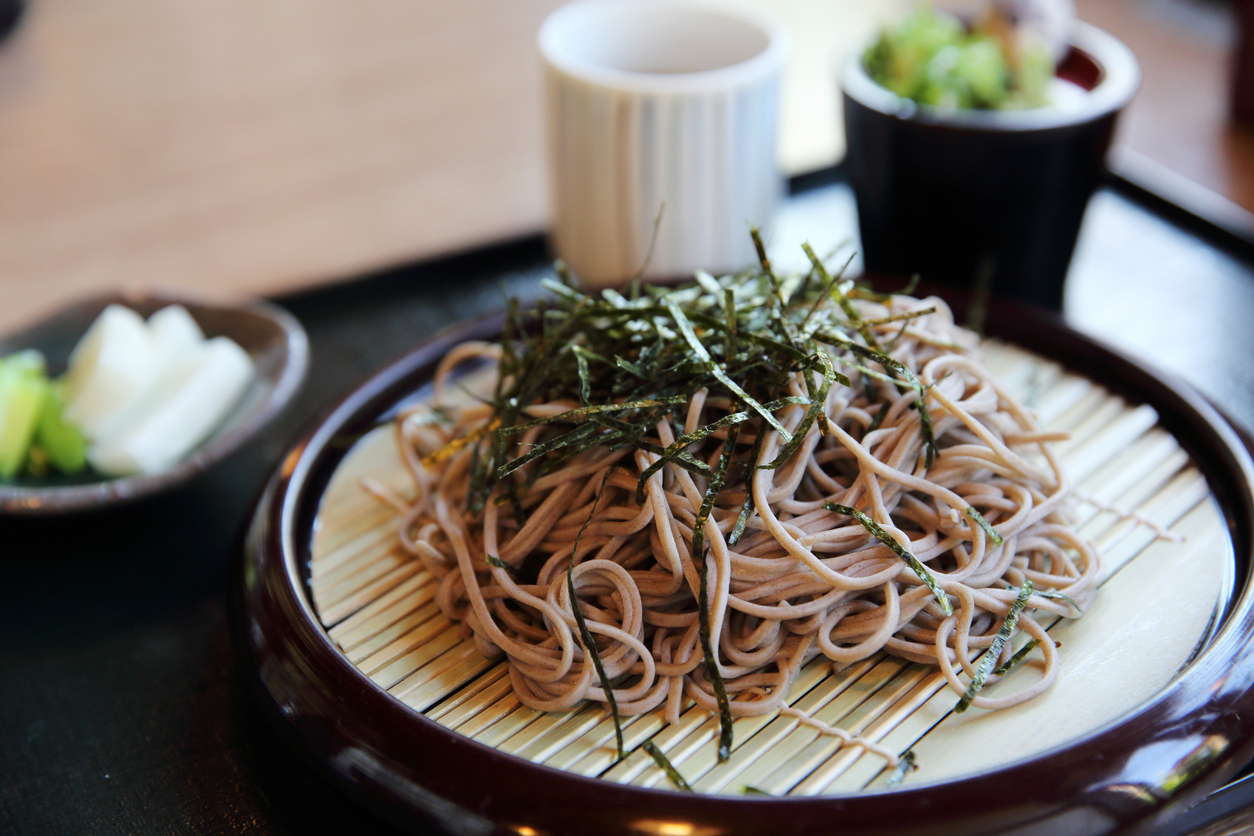
After scaring yourself silly with the heights and maybe some bungee jumping, you’ll probably be feeling pretty hungry. Hitachi soba noodles are renowned nationwide for its rich taste and firmness. You’ll find soba restaurants practically everywhere you go, but if you want something truly homemade tasting, head to one of the smaller, less touristy shops.
Where: 2133-6 Keganocho, Hitachiota, Ibaraki
When to go: Throughout November
Recommended for: Couples, adrenaline junkies
2. Hananuki Gorge
View this post on Instagram
A large natural gorge in Takahagi City, Hananuki Gorge is best known for its numerous waterfalls that cascade into a series of basins. There are also other dams and streams here, as well as plenty of walking trails and walkways to discover. A particular highlight of this gorge is Shiomidaki Tsuribashi, a 60-meter long suspension bridge that offers absolutely amazing views of the landscape around you.
Most visitors wait until mid-November when the fall colors are at their peak to visit, so if you want to avoid the crowds, visiting earlier might be for the best.
Where: Ono, Takahagi, Ibaraki
When to go: Mid to late November
Recommended for: Anyone with a camera, nature lovers
3. Fukuroda Falls
View this post on Instagram
If you end up missing the fall foliage and visit in the winter, you won’t be disappointed either. Once the weather gets truly cold, the falls freeze solid, creating a towering pillar of pure white ice.
Fukuroda Falls is also known as a lover’s sanctuary, as there is a statue dedicated to lovers around the world here, which is a popular photography spot for couples.
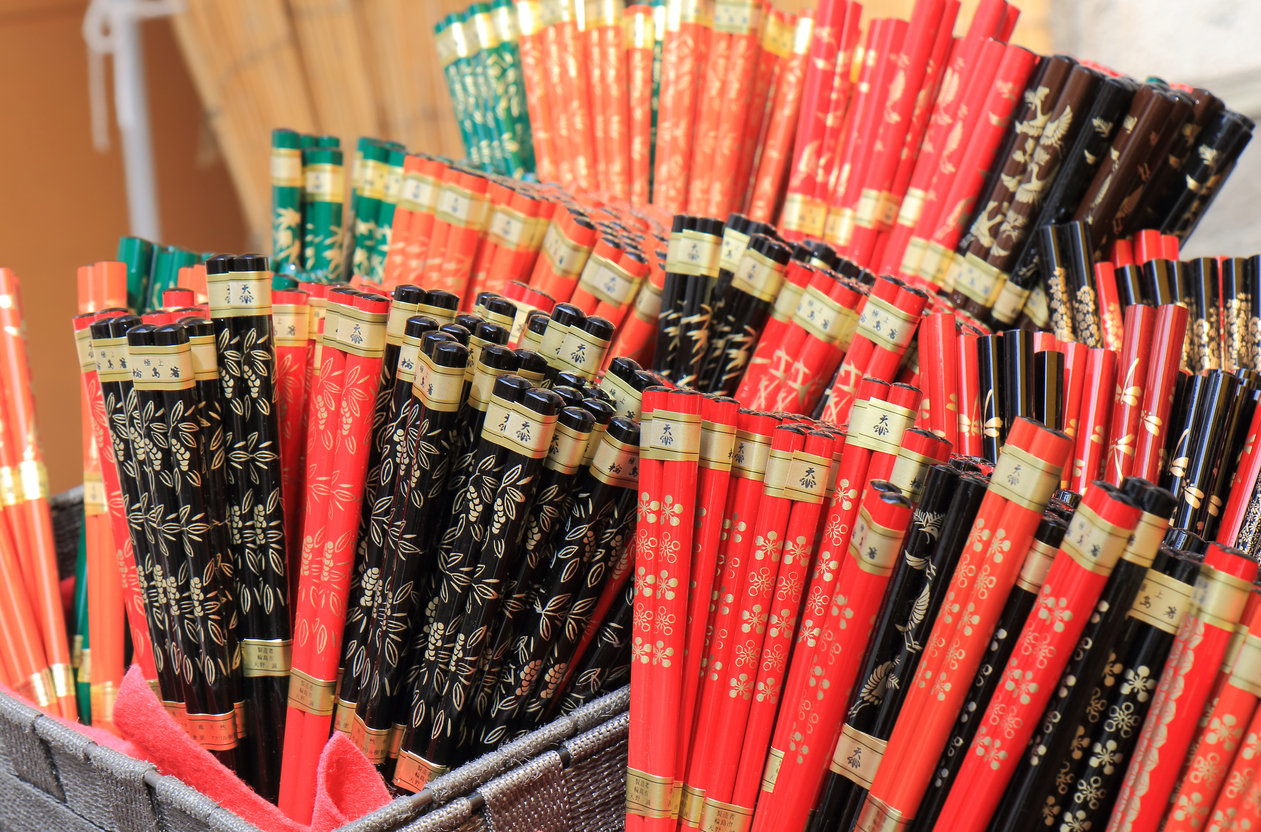
If you’re looking for souvenirs of your time in the Daigo area, my personal favorite Daigo urushi, or lacquerware. Produced not that far from Fukuroda Falls, the town of Daigo is home to Japan’s second-highest lacquer output, and where you’ll find beautiful sake cups, vases, chopsticks, tableware and even keychains in rich, glossy shades of red, brown, and black.
Where: 3-19 Fukuroda, Daigo, Kuji, Ibaraki
When to go: Early to mid-November
Recommended for: Couples, families, photography fanatics
4. Oarai Isosaki Shrine & Kamiiso no Torii
View this post on Instagram
Located on a hill overlooking the Pacific Ocean, Oarai Isosaki Shrine was first founded in 856 when the deity Sukunahikona-no-mikoto descended on the shore of Oarai. It has been home to a permanent shrine and a spot of worship since 1730. Three torii gates are included within its properties, but the most well-known (and photographed) of the bunch is the Kamiiso no Torii, which stands on a reef in the Pacific Ocean. This spot is said to be where the deity landed.
The shrine itself is surrounded by beautiful woods that transform into all the warm colors of autumn each year, which is reason enough to visit, but those with a love of the obscure may also want to visit the Oarai Sea Museum. There, visitors can learn about the history of the fishing industry and the integral part it has played in the history and worship of the area.
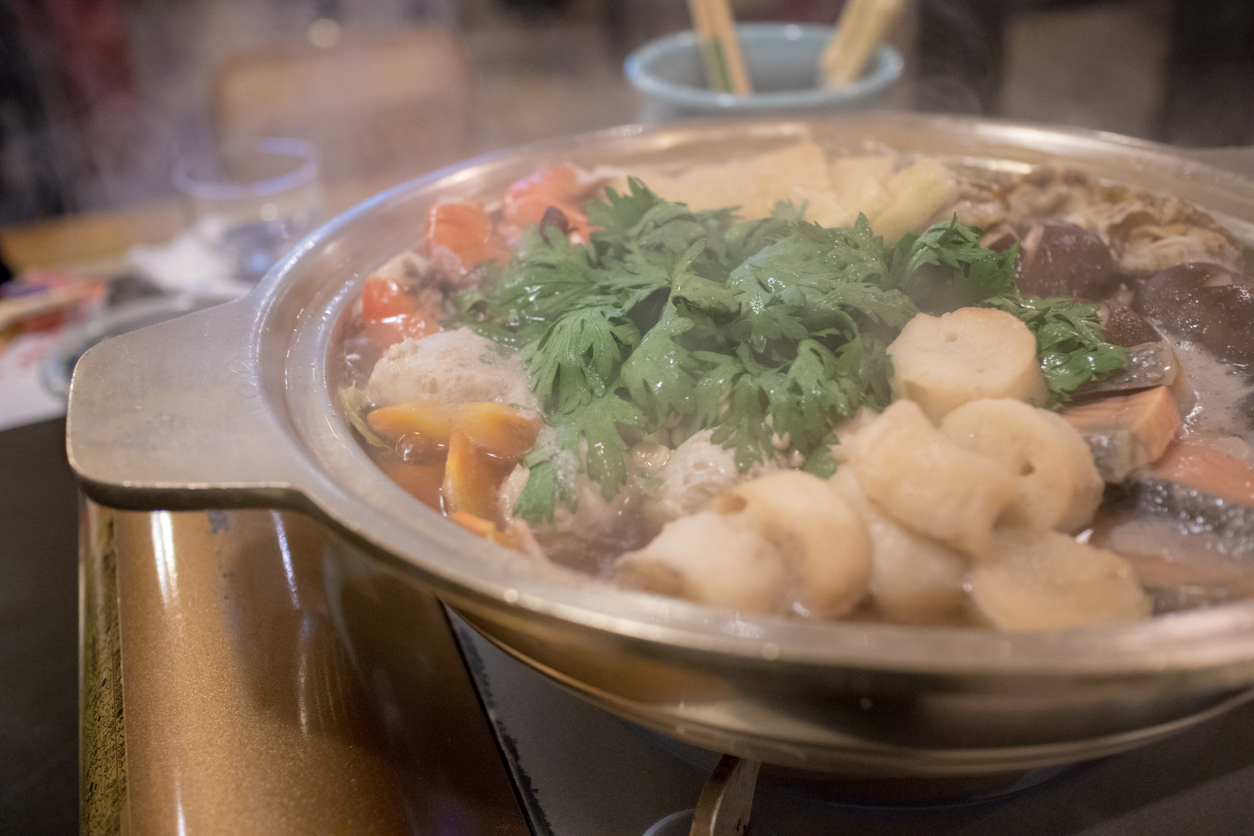
This is also a great area to try one of Ibaraki’s most famous seasonal dishes in. In the late fall and winter, anko (anglerfish) hot pot is a common dish in Ibaraki prefecture. Rich in collagen, this deepsea fish is typically served in a nabe style hot pot with fresh winter vegetables like hakusai (Chinese cabbage) and green onions.
Where: 6890 Isohamacho, Oarai, Higashiibaraki, Ibaraki
When to go: Throughout November
Recommended for: Anyone who’s missing the ocean views
5. Kairakuen Garden
View this post on Instagram
Alongside Kenrokuen in Ishikawa prefecture and Korakuen in Okayama prefecture, Kairakuen is one of Japan’s Three Great Gardens. The newest of the three, Kairakuen was originally completed in 1841 by the regional lord Tokugawa Nariaki, and designed not only for his enjoyment but for that of the public as well. As the story goes, Lord Nariaki opened the garden to the public because he saw little difference between the classes—in fact, the name ‘Kairakuen’ means ‘park to be enjoyed together.’
There is a bamboo grove, a cedar forest, tea ceremony rooms, plum trees, cherry trees, azaleas, wisteria, and beautiful views of Lake Senba as well. This park is breathtaking all year round, so if you aren’t able to visit in the fall, late winter is also highly recommended. There are 3,000 plum trees made up of some 100 different varieties within the grounds, which fill the park with brilliant pink and white petals from late January onward.
 © Photo by eri_oshiro
© Photo by eri_oshiro
While you’re in this area, be sure to stop by one of the many artisan shops to get a piece of Kasama-yaki to remember your trip by. A type of pottery from the Edo period, Kasama-yaki is a highly unique, very stylized form of pottery that many still consider one of the best arts to come from that era.
Where: 1 Tokiwacho, Mito, Ibaraki
When to go: Mid to late November
Recommended for: Families, nature lovers, pottery fans
If you want to immerse yourself in the beautiful colors of fall and really see a different side of Japan, then a visit to Ibaraki is a must!
Did we miss any of your favorite spots to visit during the fall in Ibaraki? Let us know in the comments below!












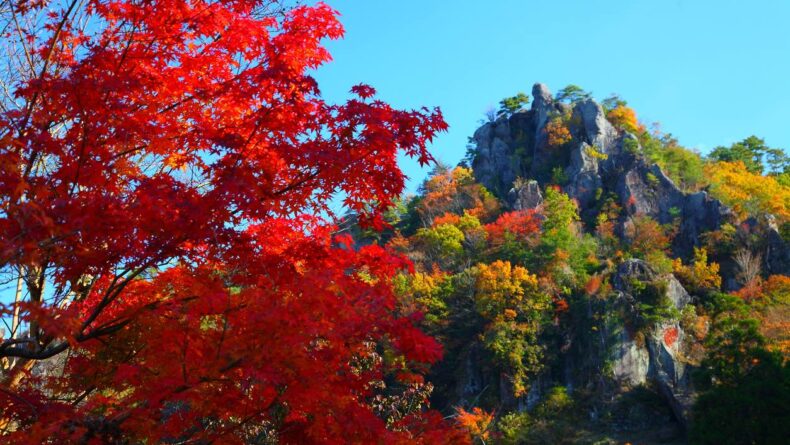
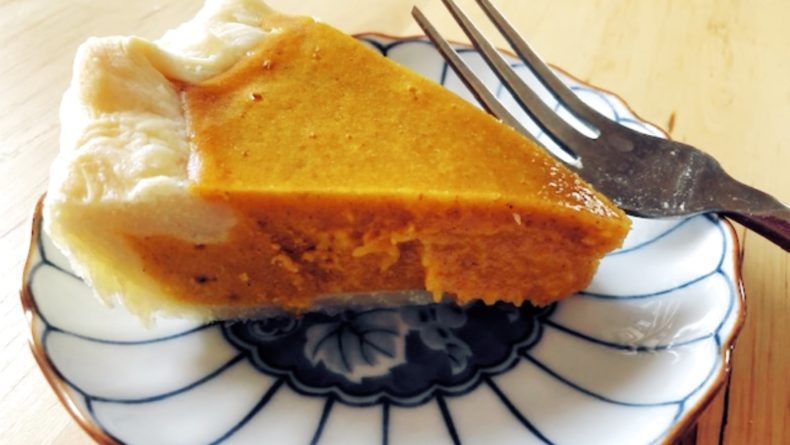
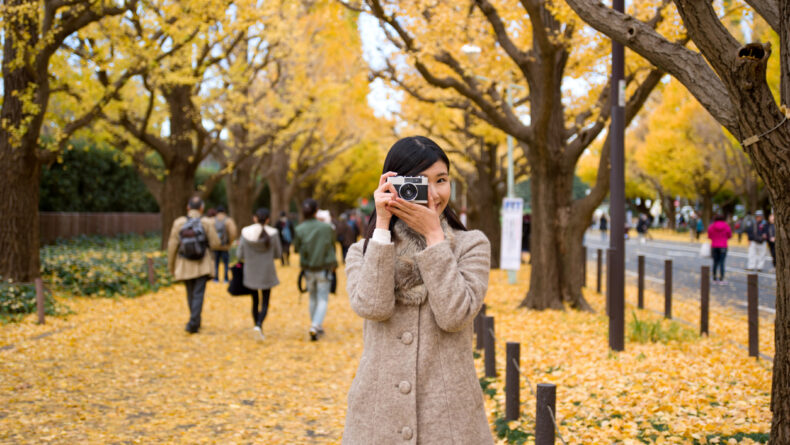
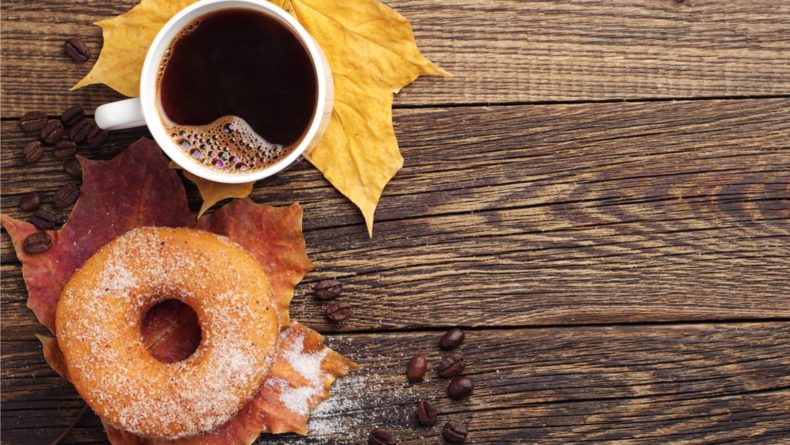
Leave a Reply